Ceramides have been shown to have a drastic effect on the health and vitality of ones skin. Recent studies have shown dramatic results from topical application of Ceramides which are found naturally in the skin. Ceramides deplete naturally over time, causing a string of symptoms and effects to the skin. To better understand ceramides and their role in skin health, I’ve put together this article. I will address what ceramides are, the symptoms of ceramide depletion, it’s role in aging and inflammatory skin diseases, and my favourite ceramide rich skincare products.
* This post includes some affiliate links. This means that any product purchased from my links will generate a small commission (At no extra cost to you). As always, I will only recommend brands that have passed my seal of approval and that I truly love.. these commissions help to cover Bloom + Clementine’s fees so that this website can stay alive and I can continue sharing my green beauty passion with you all. Thank you for supporting my little green space on the internet. *
What are Ceramides? Conditions & Symptoms Associated with Low Ceramide Levels
Ceramides are found to occur naturally in our skin. They are found on the outer most layer of the skin in their natural state. They are the binding fats that hold our skin cells together. but as soon as we hit our 30’s, these natural stores begin to deplete. This is one of the many factors associated with aging of the skin.
According to a study (Li, Q., Et. Al 2020) “abnormal ceramide expression profile is recognized to defect extracellular lipid organization, disturb epidermal self-renewal, exacerbate skin immune response and actively participate in progression of several inflammatory dermatoses, exemplifying by psoriasis and atopic dermatitis“.
In other words, Ceramides are an integral part of the skins structural integrity. Lack of Ceramides is consistent with a deterioration of the outer barrier of the skin which disturbs the skins natural processes and invites inflammatory reactions to occur. This is why the addition of Ceramides can be incredibly therapeutic for inflammation based diseases of the skin.
In addition to the inflammation response, a depletion of Ceramides in the skin is linked to visible signs of aging and premature aging. Once this protective layer of essential fats begins to decrease, the skin cells aren’t held quite as tightly together and they begin to let moisture out from our skin naturally which leads to dryness, irritation, fine lines, thinning of the outer layer of the skin and loss of tightness. Dramatic loss of Ceramides begins around the age of 30, however, they are still decreasing prior to this age just at a much slower rate. Not to mention, some individuals experience a depletion or overal lack of natural Ceramides in general which is associated with bio-individuality as well as differences in diet.
Additionally, Ceramides are good for preventing dry out during harsh climates (ie. winter which is well known to draw out moisture from the skin and create dryness via low temperatures and wind).
Foods that Boost Natural Ceramides
While levels of natural Ceramides in someone’s skin is strongly influenced by genetics and bio individuality, there are still measures one can take to help bolster their Ceramide levels. One is to apply ceramides via skincare, which I will discuss below… but another option would be to address the diet. This is a relatively new concept and few studies have been shown to address whether diet makes a noticeable impact on increasing ceramides in the skin, but there is some preliminary data to show that this might be at the very least, a small step in the right direction.
Foods associated with promotion of Ceramides in the skin include (but are not limited to):
- Wheat germ
- Brown rice
- Spinach
- Beets
- Dairy
- Eggs
- Soybeans
How do Ceramides work?
They work in two ways:
1. providing an incredible amount of moisture to the skin.
2. Bolstering/strengthening skins natural barrier (ie. gate keeper).
By supplementing with Ceramides, we provide the skin with the essential fats required to hold the barrier of the skin together. This prevents free radicals from entering and water/moisture from leaving. Ceramides could be considered an integral part of the skin’s “gate keeper” so to speak.
Skin Benefits of Ceramides
- Boost in Moisture of the Skin Barrier
- Prevent cracking and flaking during harsh climates
- Reduce Redness or Irritation
- Help calm inflammation associated with acne, eczema, psoriasis or rosacea (these conditions are often associated with lower levels of natural Ceramides found in the skin barrier or ceramide loss)
- Aid with aspects of the aging process
- Prevent rapid aging
- Boosts Firmness of the skin
- Smooths out the skins outer layer
- Locks in water stores beneath the outer skin layer
- Prevents free radicals from penetrating the skin barrier
- Prevent infections in the skin by creating a stronger outer layer
- Improves the skins overall appearance
How to Apply Ceramides for Best Results
Ceramides are best applied to damp skin (as is the rule for most skincare) which means you should apply after a shower or a toning spray. Another key to application is to ensure cell turn over of the skin, this means that weekly exfoliation will go hand in hand with Ceramide supplementation. By maintaining properly exfoliated skin and applying product to damp skin, you will be increasing the effectiveness of any products that contain Ceramides.
They are also better absorbed with the addition of a liposome in skincare products. So you can look for products that contain a liposome in its formula as this creates a synergistic effect.
Topical Application of Ceramides: My Top Recommendation for Ceramide Rich Skincare
Of all the ways to top up or bolster your skins level of ceramides, topical application seems to be the most tried and true method. There are a variety of different ingredients used to mimic the skins natural ceramides. Some are created in labs to take on the same lipid profile synthetically, and there are some ingredients found in nature that can naturally mimic and promote the natural production of ceramides found within four skin structure. Examples of this would be wheat based ceramides, rice based ceramides and a variety of plants such as Black Currants.
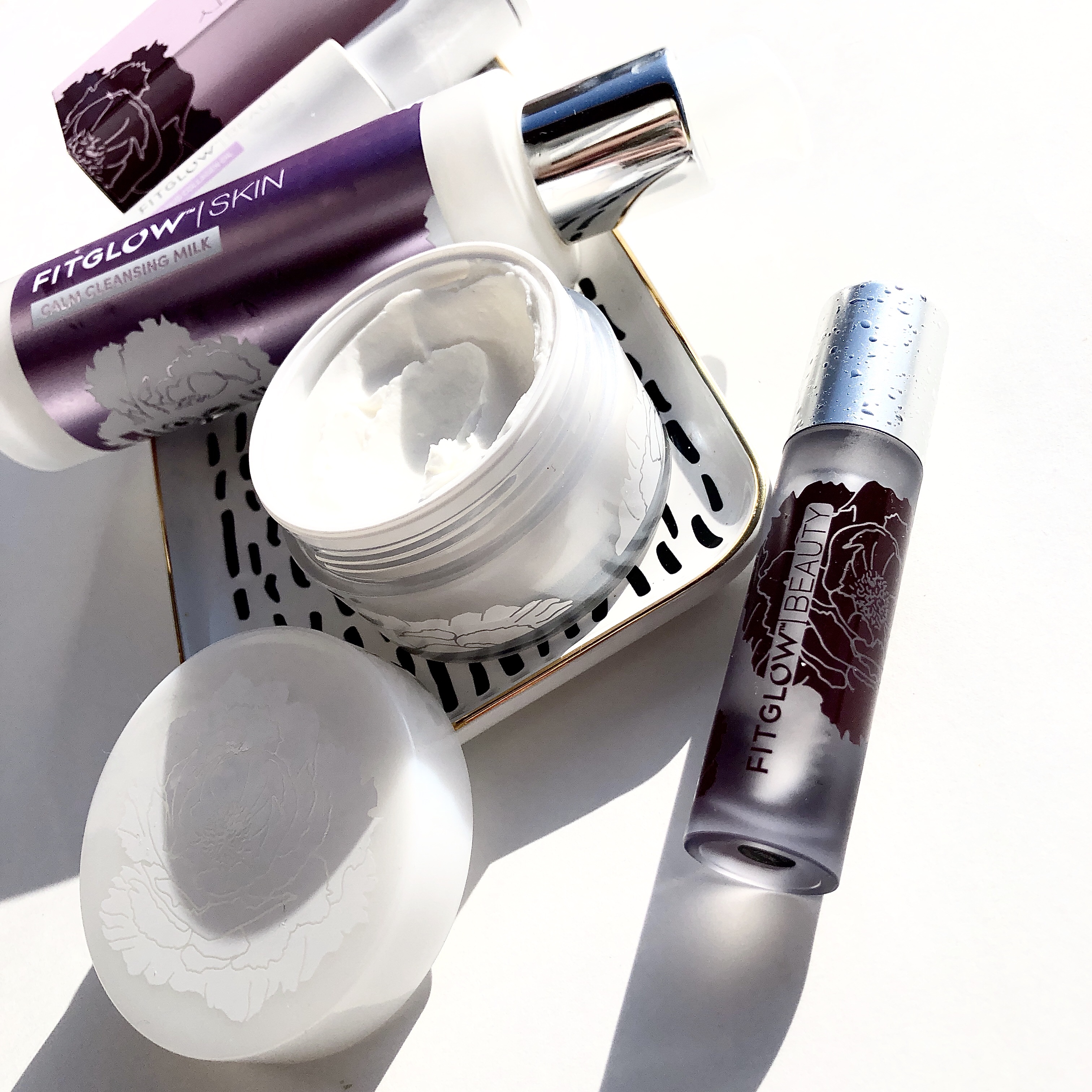
One of my favourite options for topical skincare products that contain natural ceramides for the skin is a line created by Fitglow Beauty. This organic, vegan, and cruelty free skincare and makeup brand has launched an entire line of ceramide and essential fatty acid rich products targeted at sensitive skin.
These products target the skins mantle and lipid profile which will help:
- Bolster the outer layer (stratum corneum) of the skin
- Aid the skin in rebuilding its outer structure lost due to ceramide depletion
- neutralize free radicals
- reduce inflammation response in the skin
- Improve moisture levels within the skin
- Slow the pace and reverse visible signs of aging
- Reduce redness in the skin
- Aid in resolving skin conditions such as acne, psoriasis, eczema, and rosacea
Within Fitglow Beauty’s CALM line, there are three products that work to promote ceramides and the production of ceramides. These are the Cloud Comfort Cream, Cloud Collagen Oil, and the Cloud Ceramide Balm. I will review them one by one so you can understand the difference between them:
Cloud Collagen Oil Review
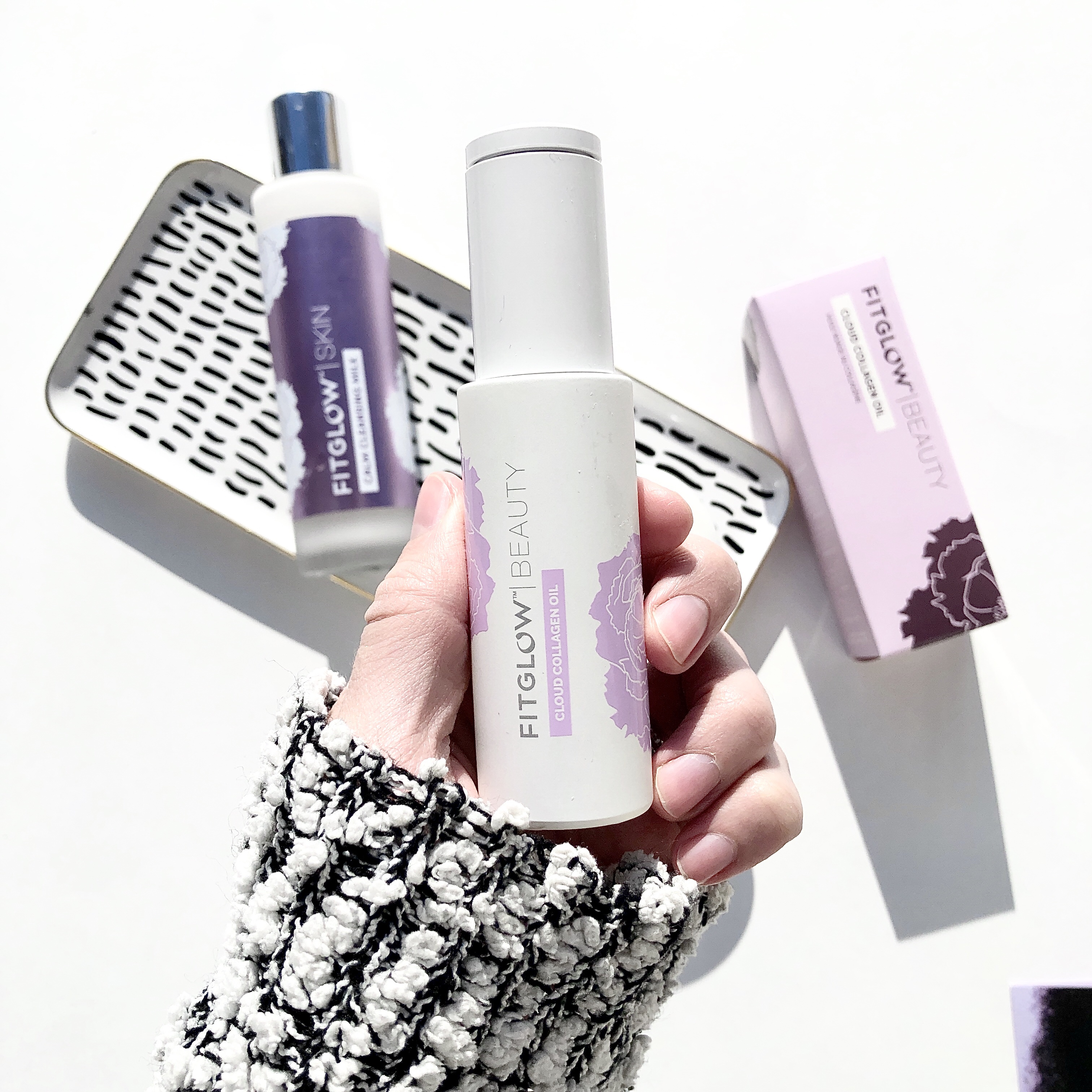
Cloud Collagen Oil is Fitglow Beauty’s latest launch from their calm line. It is a serum like face oil that works to target inflammation (redness, irritation, and inflammatory skin conditions) and aging (firmness, elasticity, and collagen production). It targets enzymes that breakdown the skin causing deep lines and wrinkles. This is done by promoting collagen synthesis and essentially blocking out enzymes related to UV over-exposure that deteriorate the outer layer of skin over time. It also promotes a protein that generates new collagen and blocks deterioration of collagen within the skin. This oil has been shown to boost elastin fibres, which helps with skin firmness and elasticity, resulting in firmer more youthful looking skin.
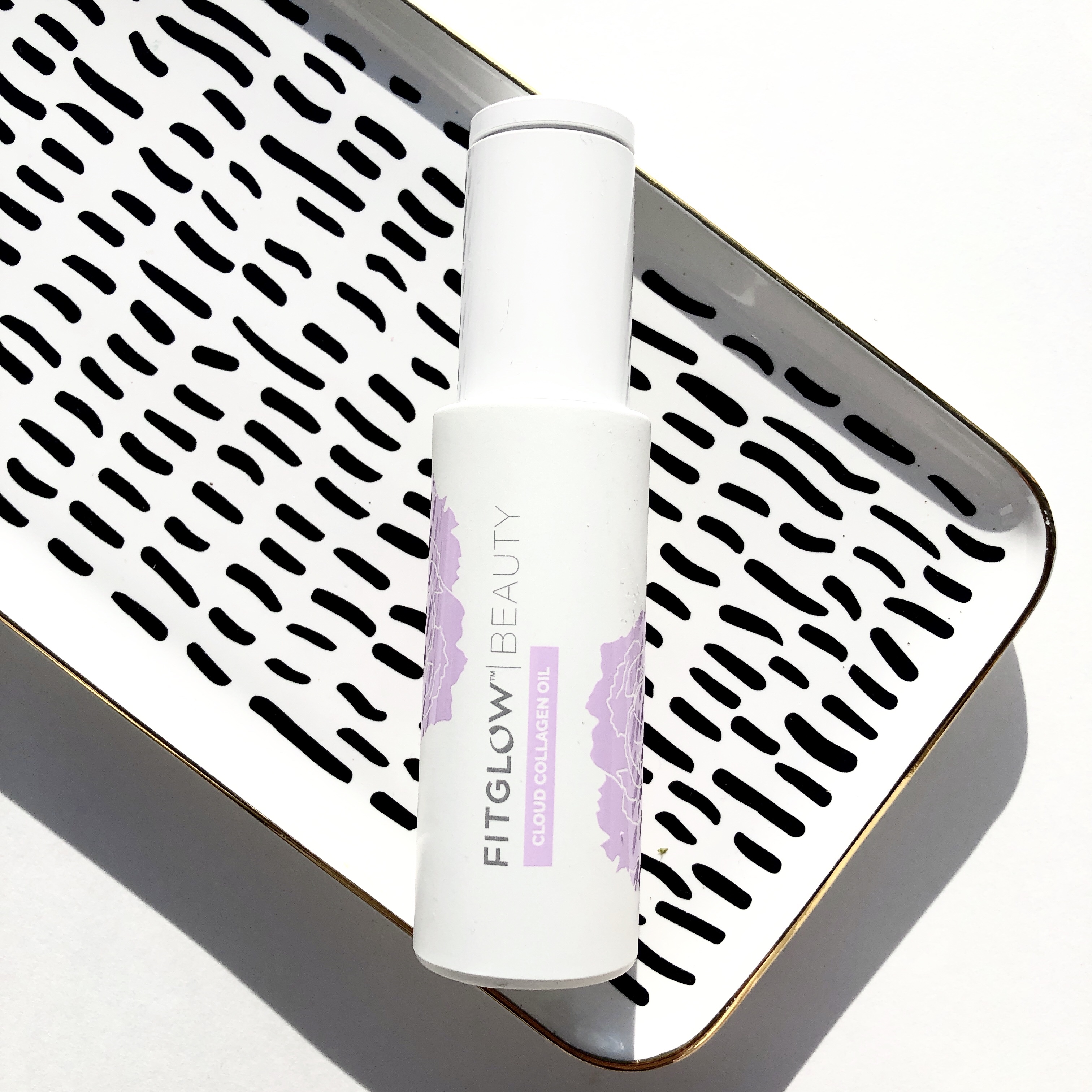
This oil contains black currant which has essential fatty acids that work towards promoting the health of the outer layer of the skin. This is the ceramide promoting aspect of the oil that will help to rebuild lipid structures that keep the skin from losing moisture and letting in free radicals. It also contains cloudberry, an ingredient found throughout the calm line, that generates skin cell turnover. This berry is typically grown in Scandinavian countries, however, Fitglow sources this ingredient from Northern Canada. It contains Omegas 3, 6, and Vitamins A, C and E. All of which are nutrients that provide massive benefits to our skins health and nourishment. Lastly, I want to touch on the addition of Squalene in the oil. Squalene, rich in fatty acids, works by retaining or locking in moisture to the skin.
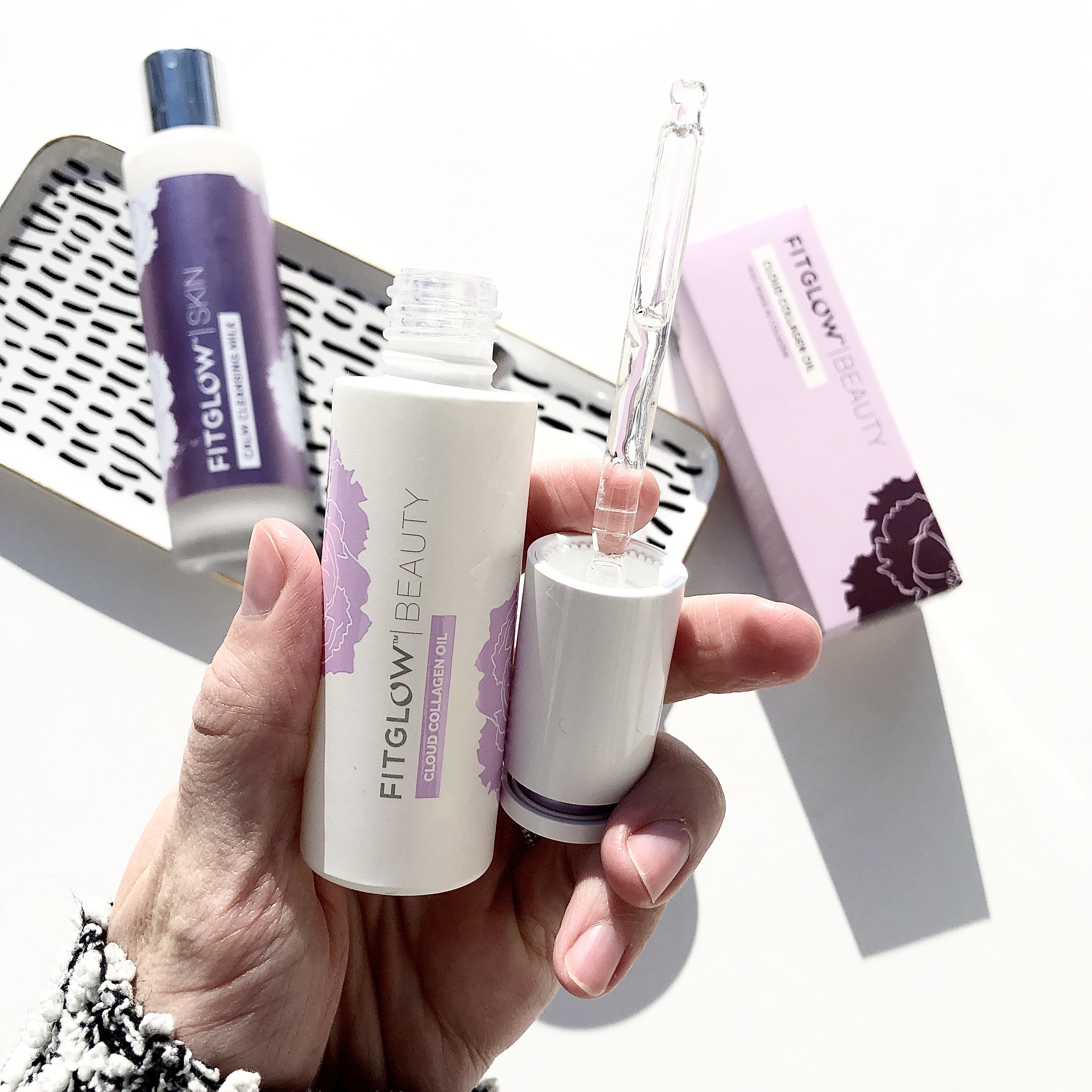
I have been using this oil for a short time, so at the moment I cannot comment on any long term noticeable results but my first impressions so far have been favourable and the research behind its formulation is promising.
It is a lightweight, clear, and fast absorbing oil that smells beautiful and hasn’t irritated my skin. It has kept redness at bay so far and I have been pairing it with two of my favourite moisturizers from the CALM line which I will review below: Ceramide Balm and Cloud Comfort Cream.
Cloud Comfort Cream Review
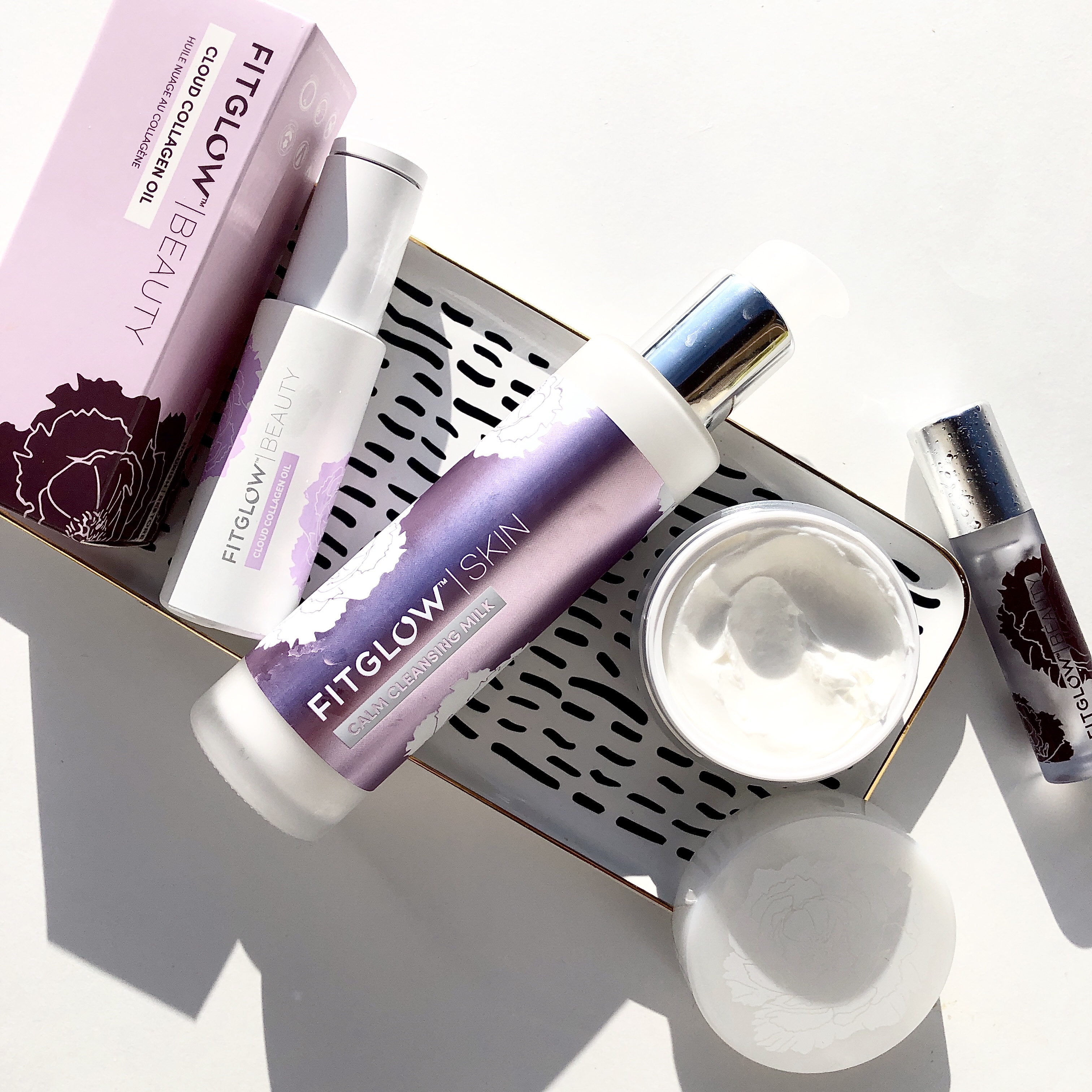
Next up, I want to discuss the Cloud Comfort Cream. I have used this cream previously, and have just restocked my supply of it recently through a gift with purchase. This cream pairs beautifully with the Cloud Collagen Oil and is a perfect option for a day time moisturizer.
The Cloud comfort cream is a lightweight but ultra moisturizing day cream. It doesn’t sit heavily on the skin and is a good option for those who need moisture but dont want a heavy layer of product on their skin. For this reason, it works really well under make up.
The Cloud comfort cream works with products containing ceramides because it contains a liposome. This liposome will essentially allow the ceramides to more effectively penetrate the skin barrier and “do their work”. It also contains Cloudberry and Chia extracts which restore the skin barrier with essential fatty acids.
Cloud Ceramide Balm Review
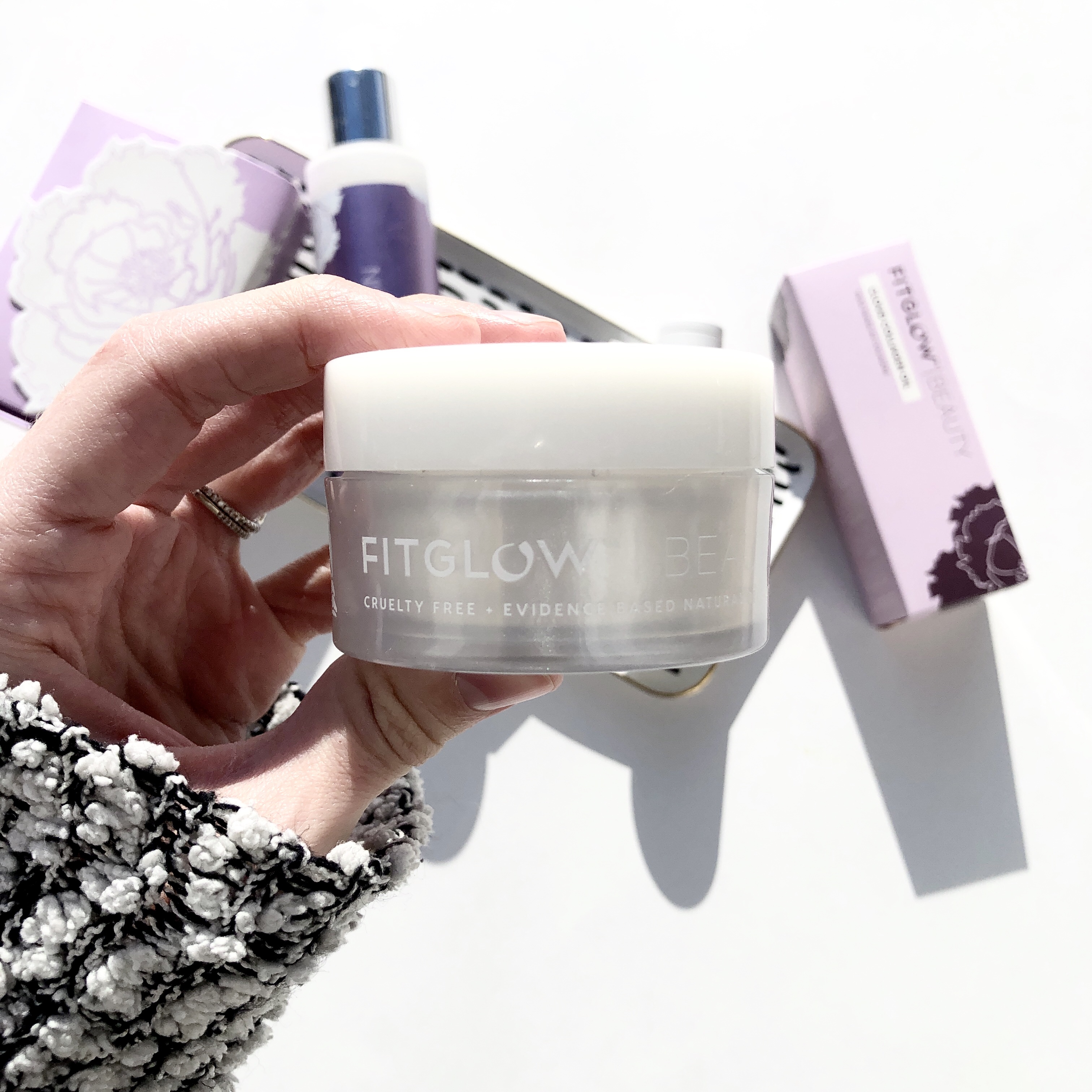
And last but certainly not least, my very favourite product in the CALM line, the Cloud Ceramide Balm. This balm may be one of my overall favourite balms of all time. It is SO unbelievably nourishing and moisturizing. I notice immediate restoration of moisture to my skin when applied. The texture is dreamy: thick yet fluffy, rich, and between a cream and a balm. It has the same amazing smell as the other two products above and it feels so soothing on the skin.
I have noticed a dramatic replenishment of moisture to my skin and use this as my winter skin saver. Anyone suffering with dryness should consider this product in their skincare regime. It’s heavier than the cream, so best applied at night. But I have actually found it works well during the day when I need a moisture boost and I personally find it wearable under makeup.
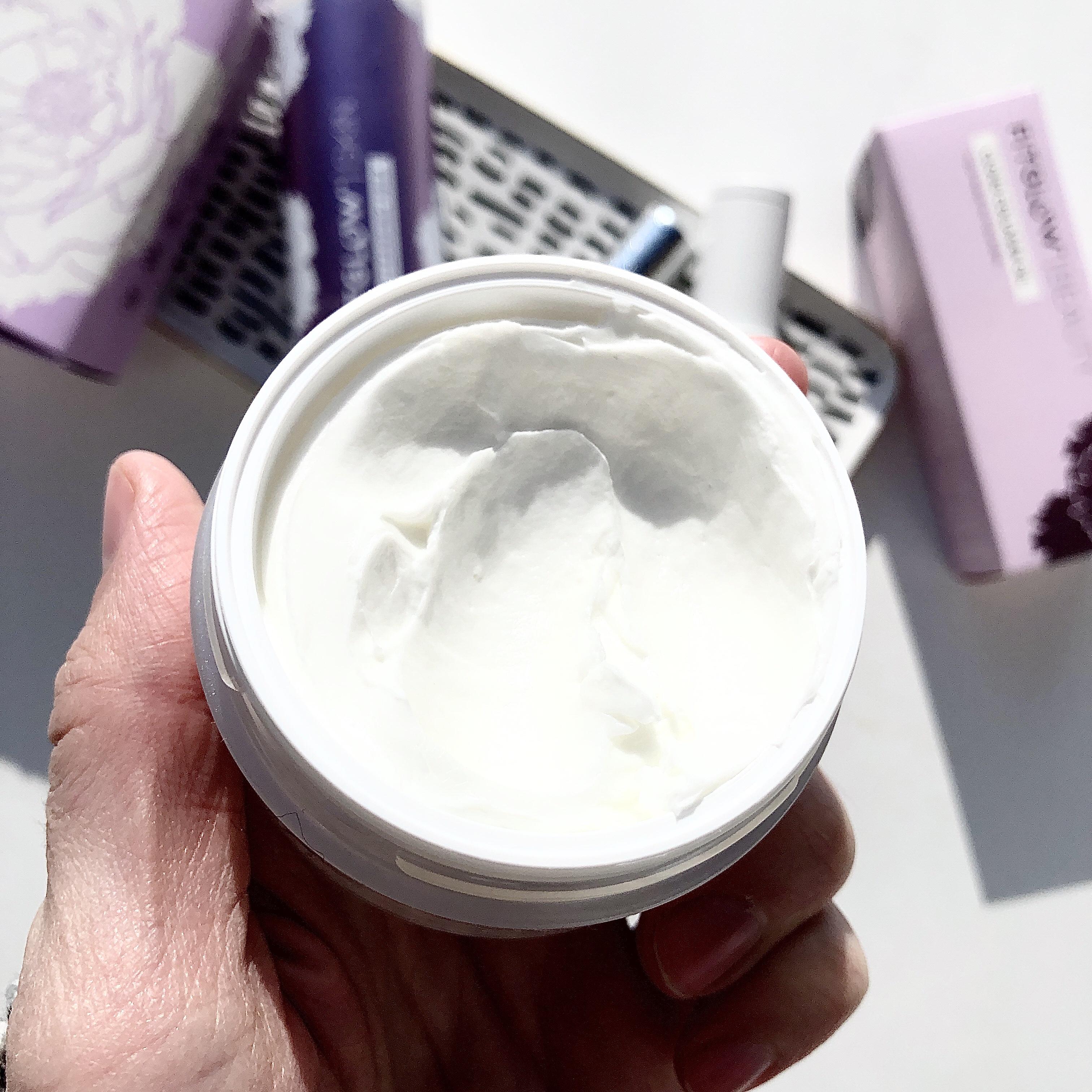
The Ceramides in this balm come in the form of organic micro-rice ceramides. This strengthens the skins bond, smooths, tightens, and increases collagen production. Like the cloud comfort cream, this product contains a liposome which will help calm irritated skin and ensure optimal absorption of ceramides.
THIS product is highly reviewed, a best seller, and one of my personal favourites for dry skin. I strongly recommend this one.
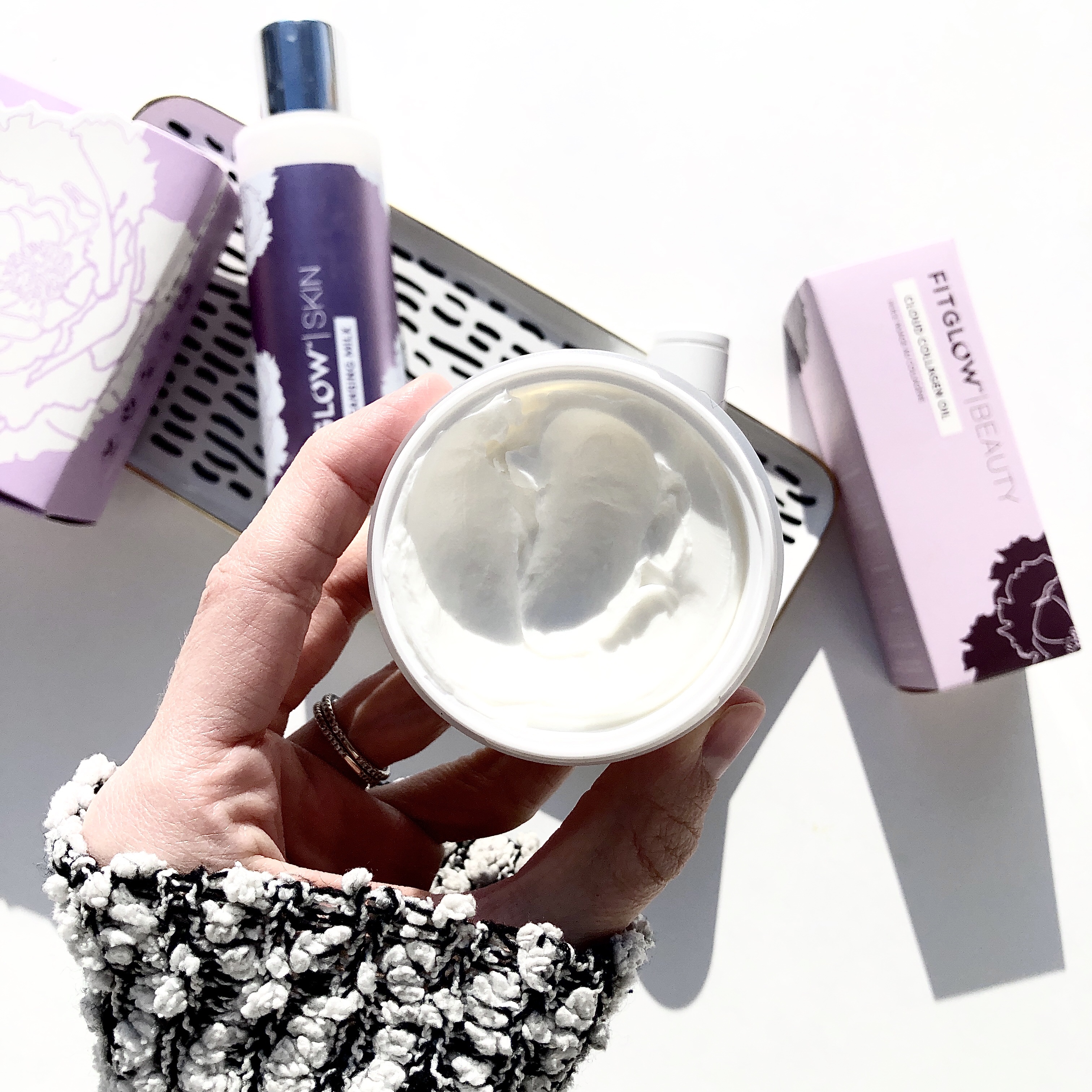
To check our Fitglow beauty’s CALM line you can head to their website HERE.
* Discount code: ‘BLOOM15’ will save you 15% at checkout on their entire Fitglow Beauty website. *
* PIN the image below to save this article for later *
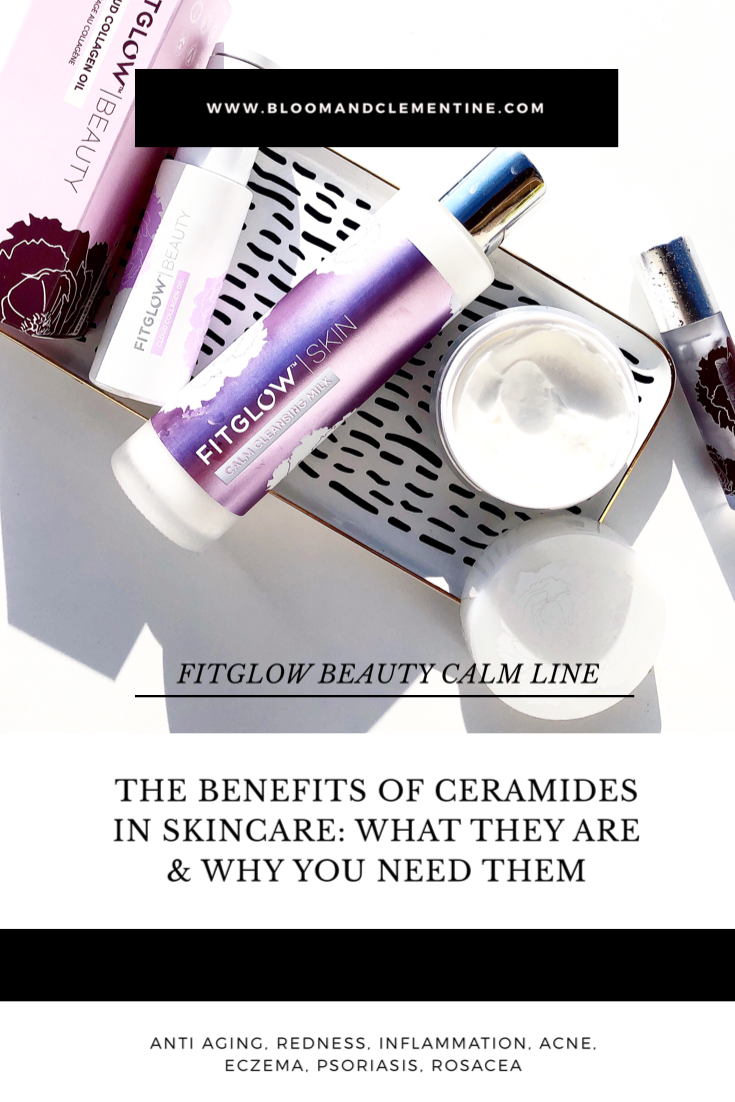
References
1. Li Q.,Fang H., Dang E., Wang G. The role of ceramides in skin homeostasis and inflammatory skin diseases. 2020 Jan 1;97(1): 2-8.
2. Saint Leger D., Francois A.M., Leveque J.L., Stoudemayer T.J., Grove G.L., Kligman A.M. Age-associated changes in stratum corneum lipids and their relation to dryness. Dermatologica. 1988;177(3): 159-64.
3. Rogers J., Harding C., Mayo A., Banks J., Rawlings A. Stratum corneum lipids: the effect of ageing and the seasons. Arch Dermatol Res. 1996 Nov;288(12):765-70.
4. Mastaloudis A., Wood S.M. Age-related changes in cellular protection, purification, and inflammation-related gene expression: role of dietary phytonutrients. Ann N Y Acad Sci. 2012 Jul;1259: 112-20.

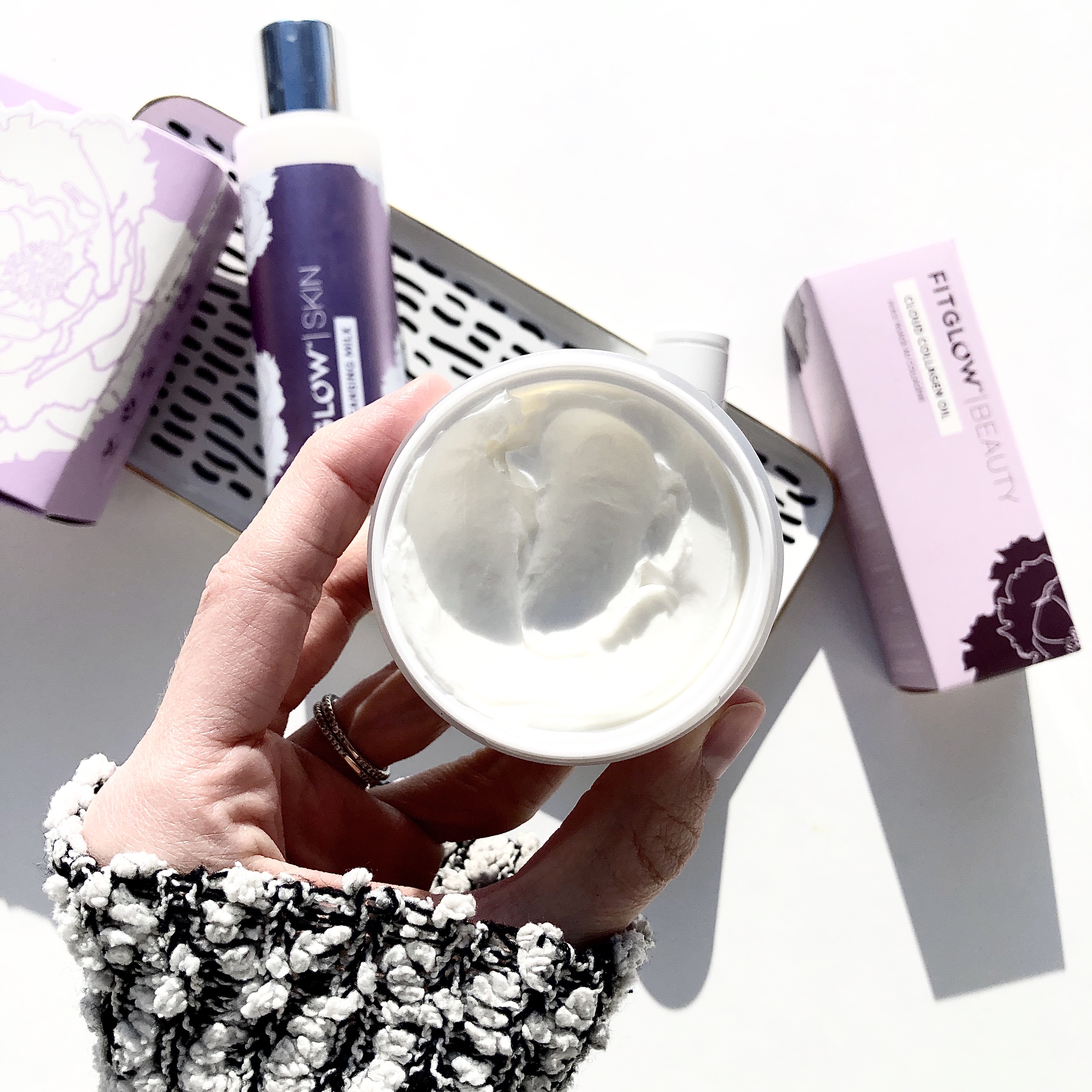
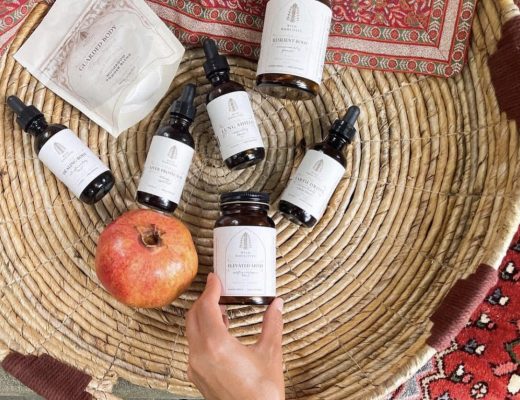
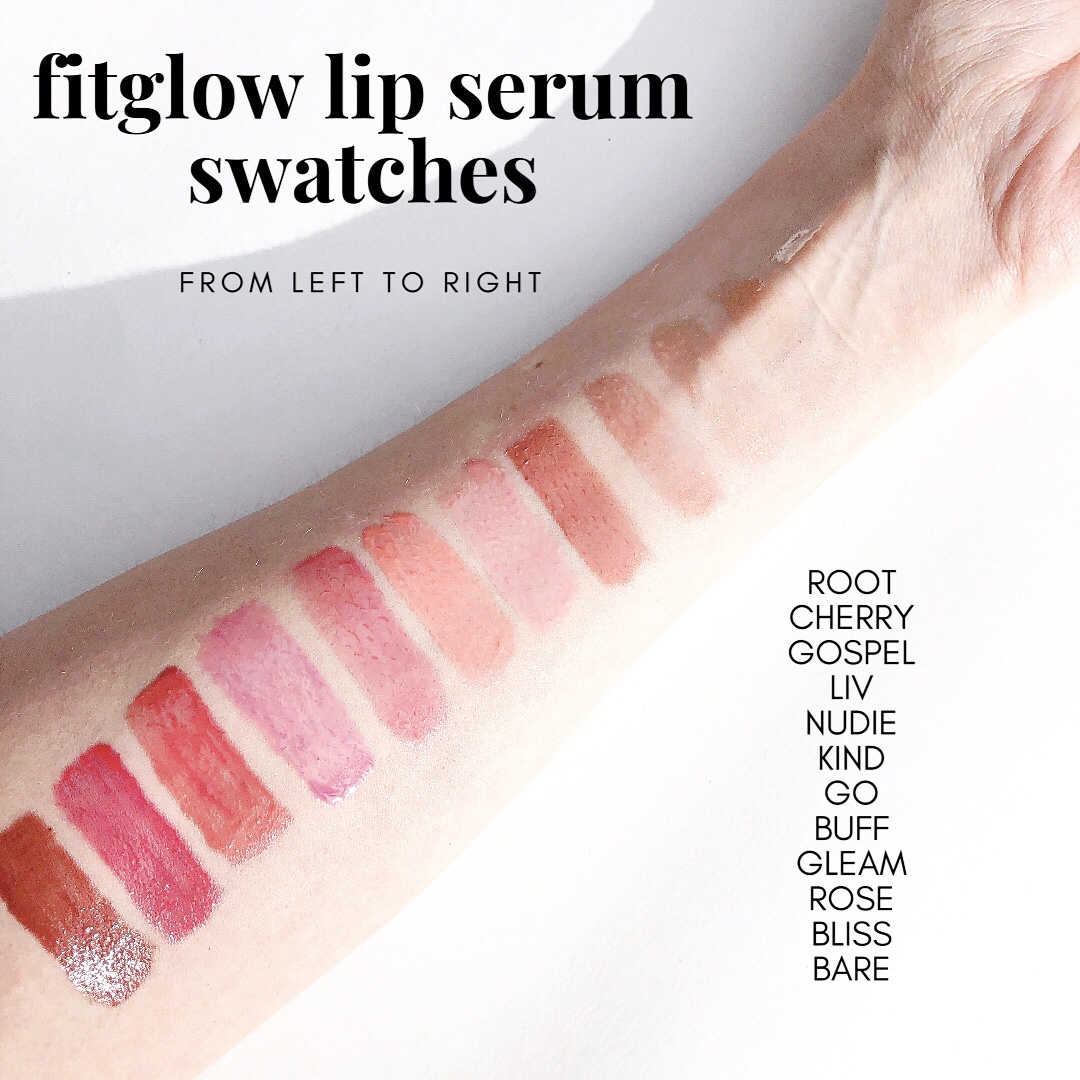
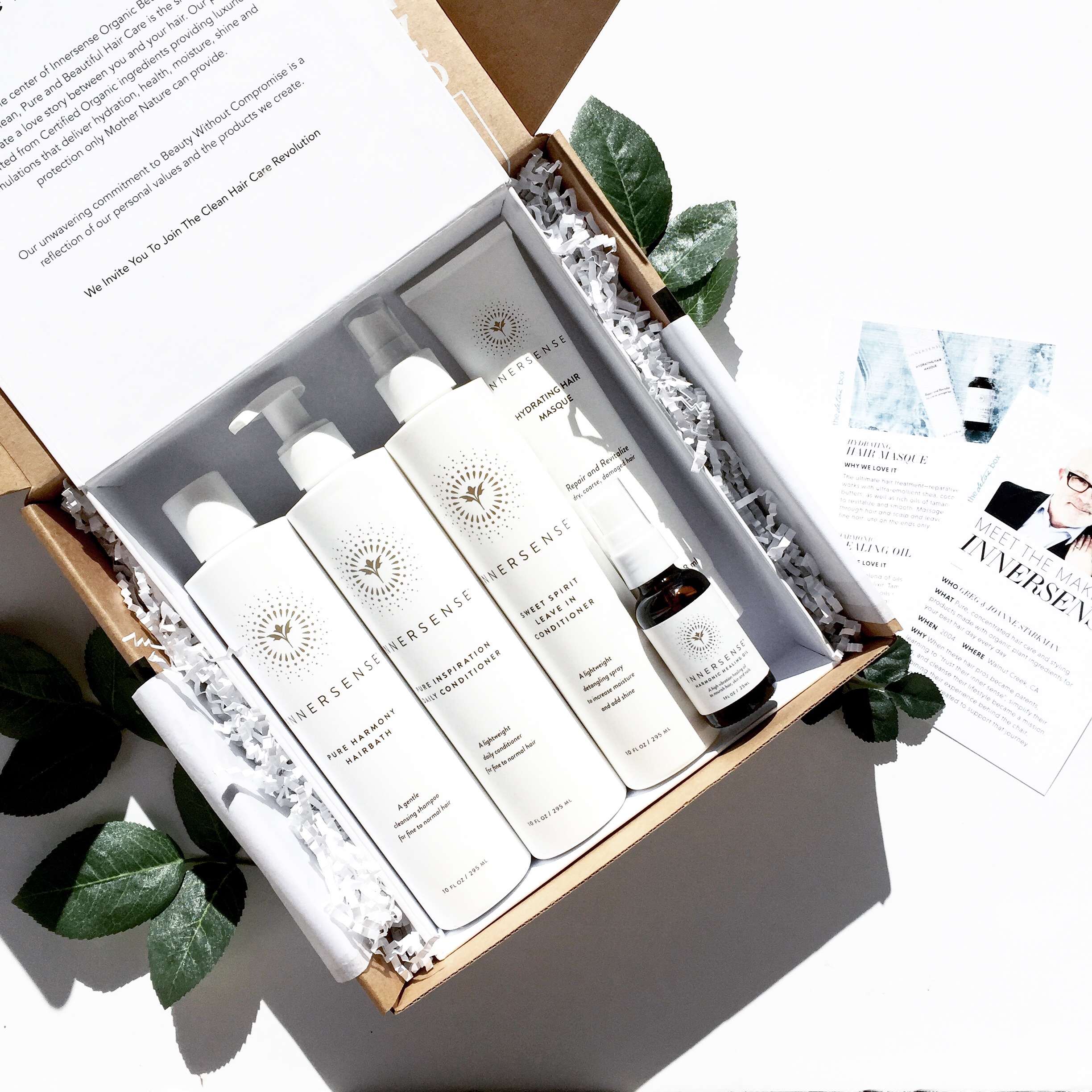
No Comments